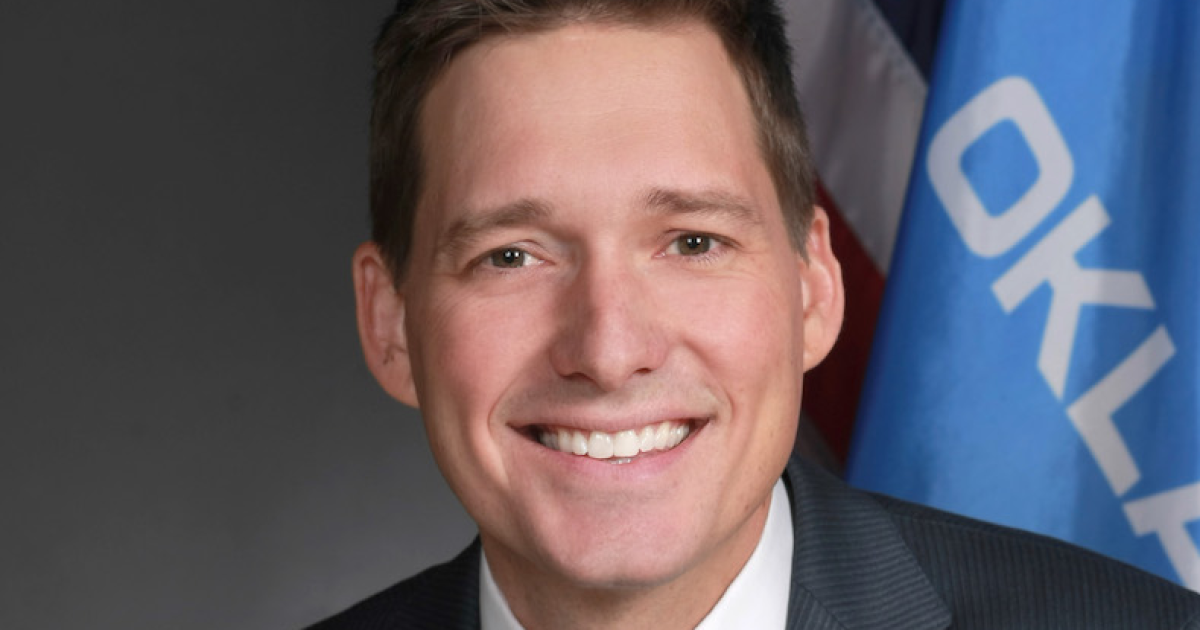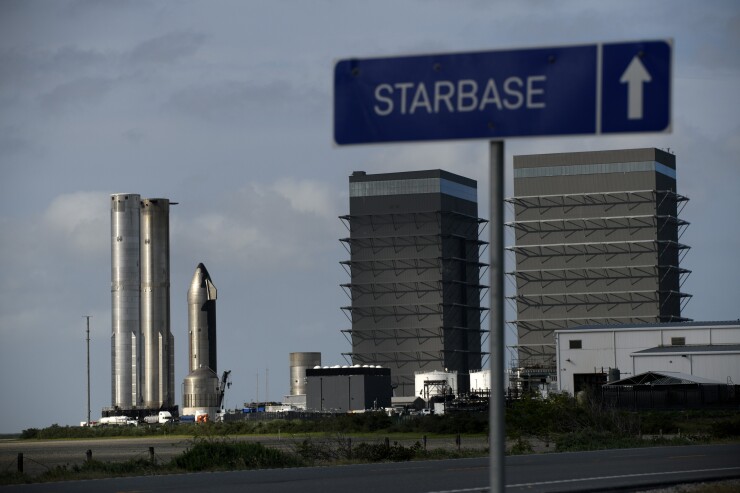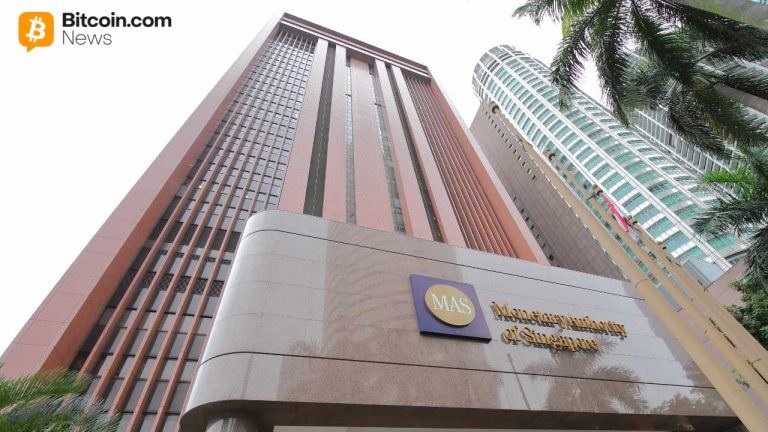Bonds an option as Oklahoma expands its reach into space
5 min read

State of Oklahoma
An effort is underway in Oklahoma to blast the state’s space industry into the stratosphere that could eventually involve the issuance of bonds.
The legislature
Lt. Gov. Matt Pinnell hailed the move as a sign “Oklahoma doesn’t just plan to compete—we plan to lead.”
“Oklahoma is charting a bold new course to elevate our role in the growing space economy,” he said in a statement. “While our state has long supported traditional NASA missions and aerospace programs, the vast potential of the modern commercial space industry remains largely untapped.”
Oklahoma’s Air and Space Port and aerospace industrial complex in the western part of the state is among 20 spaceports in 10 states listed by the Federal Aviation Administration.
The Southwest
A
Oklahoma and Texas, as well as California and Florida, are among the states most likely to see a burgeoning bond-financed space sector, in part because of the availability of open land and already established spaceports, according to Edwin Oswald, a partner at law firm Orrick who has
“Those are the most likely states in which this [financing] could be an advantage as private space travel and the privatization of space becomes more common,” he said.
The Oklahoma Space Industry Development Authority is keeping this ability in reserve for now.
“If things go gangbusters out there and we have a lot of activity and we’re needing to really quickly build up that infrastructure and we’re not able to get the funds through the state legislature, or something like that, then I certainly think it’s a tool there that we could consider,” said Chris Wadsworth, chief of staff and chief financial officer for the authority and aerospace department.
The authority, which was created in 1999, operates
Under state law, the authority has the ability to issue revenue bonds or other obligations to finance the acquisition, construction, reconstruction, extension, repair, improvement, maintenance or operation of projects.
Wadsworth said bond issuance is not currently on the authority’s radar screen.
“The spaceport has always relied on basically appropriations from the state legislature and then revenue from leases (at the facility),” he said, adding that aerospace is Oklahoma’s second largest and fastest growing industry, generating about $44 billion in annual economic activity.
State lawmakers are scheduled to meet Thursday to explore how Oklahoma can become a global hub for suborbital aerospace activity and space-based research and development. The so-called interim study also seeks “to determine the appropriate level of state investment required to launch the Oklahoma Space Renaissance.”
Under the new federal authorization, a spaceport must be owned by a public authority, which would lease it to the private entity or developer, with the lease payments covering debt service, according to Oswald.
“It is a well-thought-out provision,” he said, adding the fact that spaceport PABs will not be subject to state volume cap and that they’re modeled after airport financing bonds are both benefits.
“The strength of this provision is that it’s not written out of whole cloth – it ties into the current airport bond rules so a lot of the conventions are tried and true,” Oswald said.
The provision also makes clear that the bonds will not be treated as federally guaranteed even if the federal government is involved, for example if the private entity has contracts with NASA, he noted.
The “forward-looking definition” of what constitutes a “spaceport” is another key part of the new law, said law firm Wasel & Wasel in an
The description includes the “entire industrial ecosystem,” the firm said. “The inclusion of facilities for ‘manufacturing, assembling, or repairing spacecraft, space cargo, or components thereof’ is particularly significant,” the firm said. “It extends the benefit of tax-exempt financing beyond launch service providers to the vital upstream supply chain of hardware manufacturers and component suppliers.”

Bloomberg News
In Texas, which ranks second after Florida in the number of spaceports, a
The state launched the
“Our great state will have a group that is responsible for dreaming and achieving the next generation of human exploration in space,” Gov. Greg Abbott declared at the commission’s launch.
Elon Musk’s SpaceX, which operates rocket launches and other facilities in Texas,
The city’s administrator did not respond to requests for comment about the potential for issuing tax-exempt PABs for the spaceport.
Starbase has issued debt in the form of tax anticipation notes carrying a 0% interest rate that were purchased by SpaceX to provide revenue for the city’s operations until property taxes are collected, according







